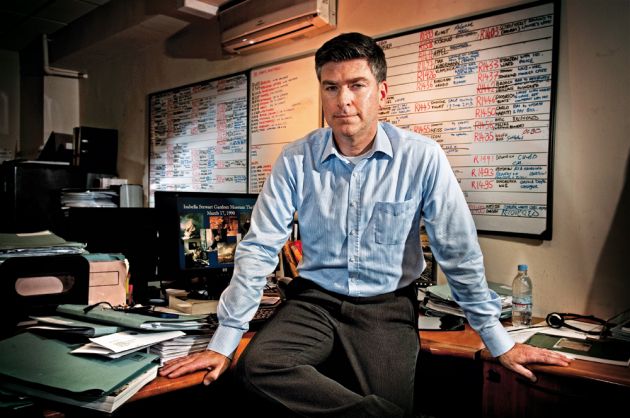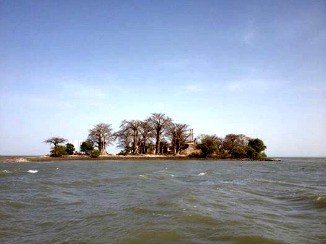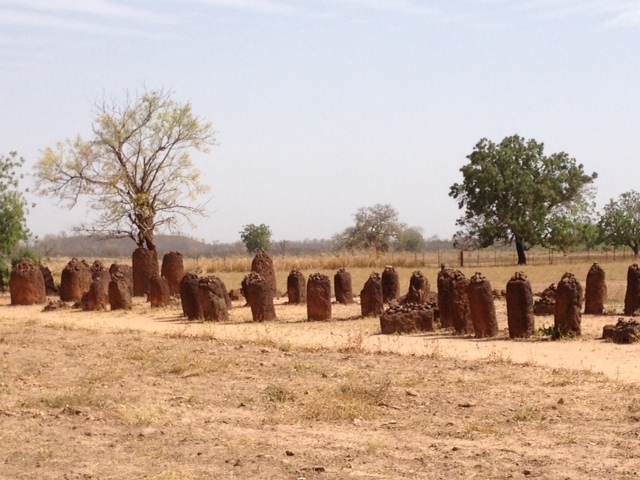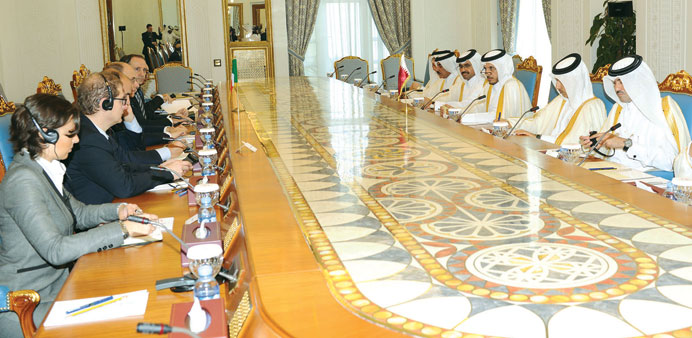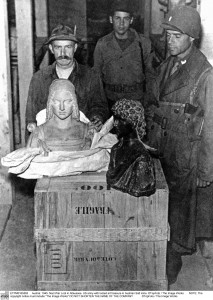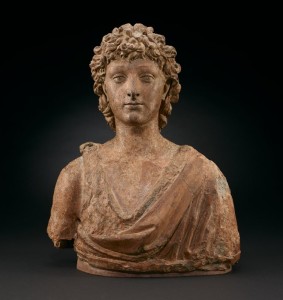It has been more than a dozen years since the Taliban blew up the Bamian Buddhas in Afghanistan, but — as an article today’s New York Times outlines — there is no consensus still on what if anything should be done to the site. And there’s little money to do it. The article describes the split:
The major donor countries that would have to finance any restoration say the site should be left as it is, at least for now. The Afghan government wants at least one of the statues rebuilt….The Afghan government craves the symbolic victory over a still-threatening Taliban that rebuilding would allow it to claim. Many of those funding the restoration fear that rebuilding when so little of the original pieces remain would not be reconstruction at all, and more reproduction than a true accounting of history.
And a German archaeologist working to stabilize the site, Michael Petzet, also president of the German branch of the International Council on Monuments and Sites, is siding with the Afghans — only to be opposed by UNESCO.
Professor Petzet argues that rebuilding the Buddhas would be no different from past efforts to reassemble parts of the Roman Forum — another project criticized by some archaeologists — or repair damaged mosaics after the earthquake in Assisi, Italy. “It’s something human to want to do,†he said. “In France, whole cathedrals were reconstructed in Gothic style after they were blown up by Protestants in the 1600s.â€
These magnificent figures were built about 1,500 years ago (having taken as long as 100 years to do it), and the Standing Buddha, at 174 ft tall, was the world’s largest. Petzet says he and his team have found and catalogued “as much as 30 percent of the surface of the smaller standing Buddha, enough, he says, to restore it persuasively.” UNESCO puts the figure at about 10 percent — and very little of the surface.
Looking at the pictures and video accompanying the Times article, it’s hard to see how the Buddha — it would be the smaller one — could be reconstructed, not that I have any specialized expertise in the matter.
But one look at the picture I’ve posted, of the smaller Buddha (115 ft tall), shows what was lost. It seems to me that, near-term, priority work should be stabilizing the site so that visitors could see the caves and passageways, some painted with murals and decorated with carvings and statues. That itself might bring back some tourists.
And the rubble, the “remains”? They could, as some are suggesting, go in an on-site museum, which would illustrate what the Taliban did. It could have, as some have previously suggested, computer-generated recreations of the Buddhas. By then, Petzet may have discovered more pieces, making the restoration more feasible.
Right now, UNESCO should let his team resume its work, which was stopped when it realized he was starting to recreate pedestals for recreated Buddhas — there’s no harm in that.

